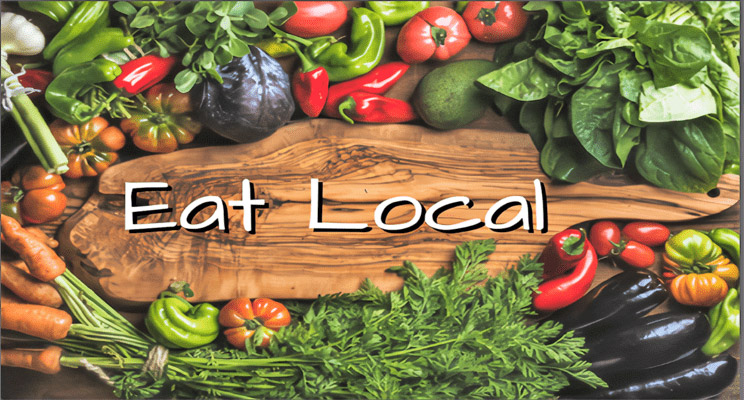
Digging Into Canada’s Fruit & Vegetable Dilemma: A Delicate Balance of Import & Independence
When you stroll through the vibrant produce section of your local grocery store in Canada, have you ever stopped to wonder about the origins of those delicious fruits and vegetables? Despite its vast agricultural landscape and rich natural resources, Canada finds itself heavily dependent on imported produce to meet the demands of its population.
In this article, we delve into the complexities of Canada’s dependency on imported fruits and vegetables, exploring the reasons behind this phenomenon, its implications, and potential solutions.
The Dependency Challenge
Canada’s dependency on imported fruits and vegetables has been a long-standing issue. According to Statistics Canada, in 2020, Canada imported over $7.4 billion worth of fruits and vegetables, representing more than 65% of its domestic consumption. While some degree of import is expected due to Canada’s climate limitations, this reliance poses several challenges that warrant attention.
Climate Constraints
Canadian farmers face some of the harshest growing conditions in the world. The Canadian climate, characterized by short growing seasons and freezing temperatures, significantly limits the range of fruits and vegetables that can be grown domestically.
With the exception of certain regions, such as the fertile Okanagan Valley in British Columbia and parts of Ontario and Quebec, cultivating a diverse range of produce becomes a formidable task. As a result, Canadians must rely on imports to enjoy a year-round supply of fresh fruits and vegetables.
Food Miles and Carbon Footprints
While importing fruits and vegetables brings an array of choices to Canadian tables, it also raises concerns regarding sustainability and environmental impact. The concept of “food miles,” which measures the distance food travels from farm to consumer, highlights the carbon emissions associated with long-haul transportation. Reducing Canada’s dependency on imported produce could help mitigate these concerns and promote a more sustainable food system.
Cultivating Local Solutions & Nurturing Domestic Production
Canada has recognized the need to bolster its domestic agricultural sector and reduce its reliance on imported produce. Various initiatives are underway to support local farmers, encourage sustainable farming practices, and improve infrastructure to extend growing seasons.
Additionally, advancements in indoor vertical farming and greenhouse technologies offer promising opportunities for year-round produce cultivation in controlled environments.
Community Engagement
As consumers, we have a role to play in addressing Canada’s dependency on imported fruits and vegetables. By consciously choosing local and seasonal produce, we can support Canadian farmers and reduce the environmental impact of long-distance transportation. Participating in community-supported agriculture (CSA) programs and visiting farmers’ markets are excellent ways to connect with local growers and access fresh, sustainably grown produce.
Canada’s dependency on imported fruits and vegetables is a multifaceted challenge rooted in climatic limitations, globalization, and consumer demands. While it offers an impressive variety of produce year-round, it also raises concerns about sustainability and food security. By embracing domestic production, supporting local farmers, and making conscious choices as consumers, we can contribute to a more balanced and resilient food system.
Let us work together to create a future where Canada’s tables are graced with a bountiful harvest, nourished by the fruits of our land and the work of our farmers.








